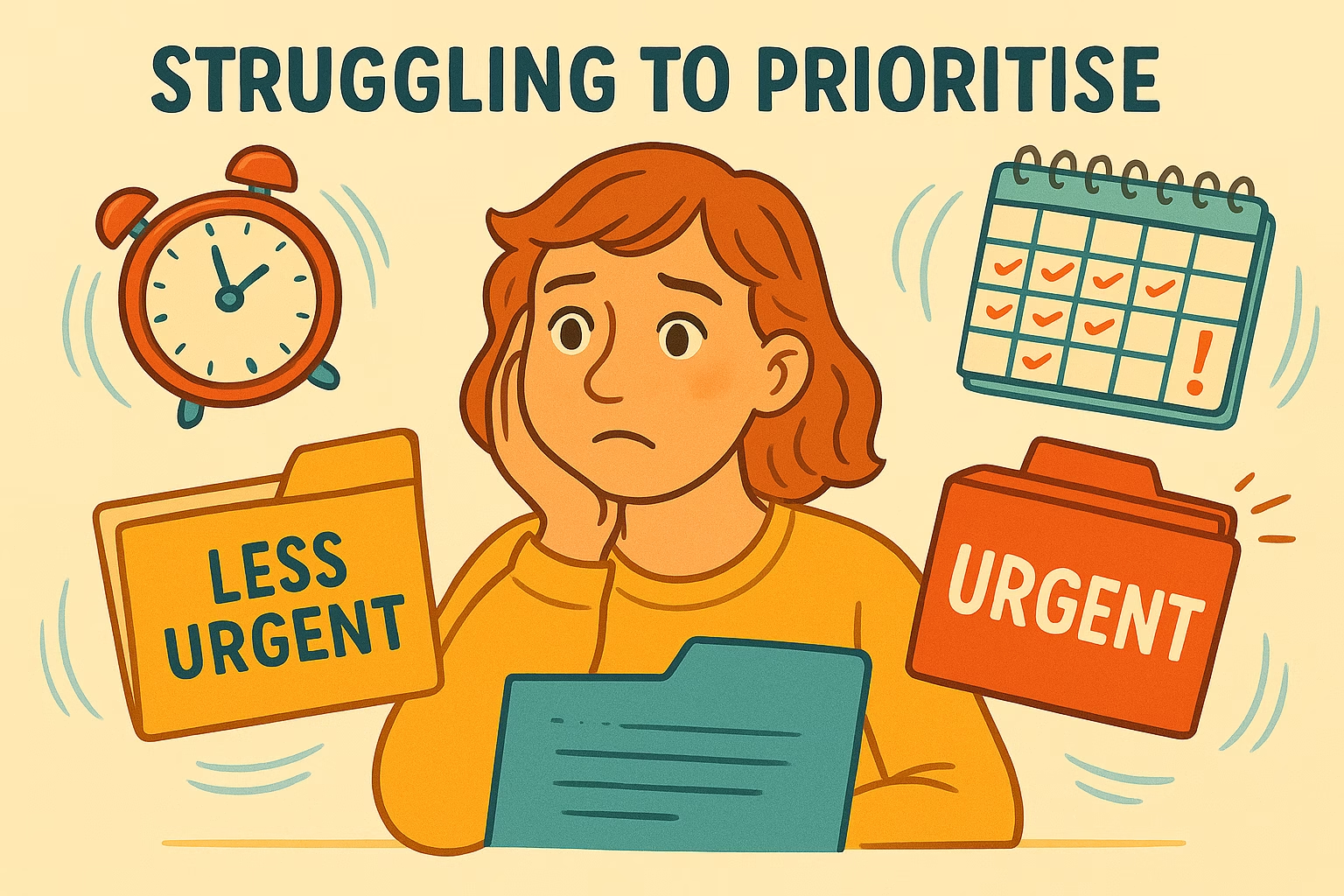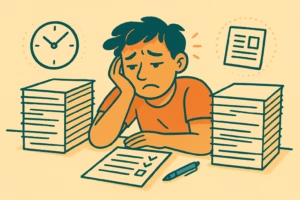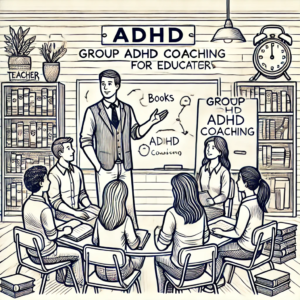Do you ever find yourself working hard all day but finishing with the nagging feeling that you didn’t tackle the most important thing? Many adults with ADHD know this all too well: answering minor emails, tidying their desk, or reworking slides instead of preparing the urgent report due tomorrow.
This isn’t laziness or poor time management. It’s an executive function challenge tied to how ADHD brains process urgency, interest, and importance. Understanding why this happens—and what to do about it—can make a huge difference to workplace productivity and peace of mind.
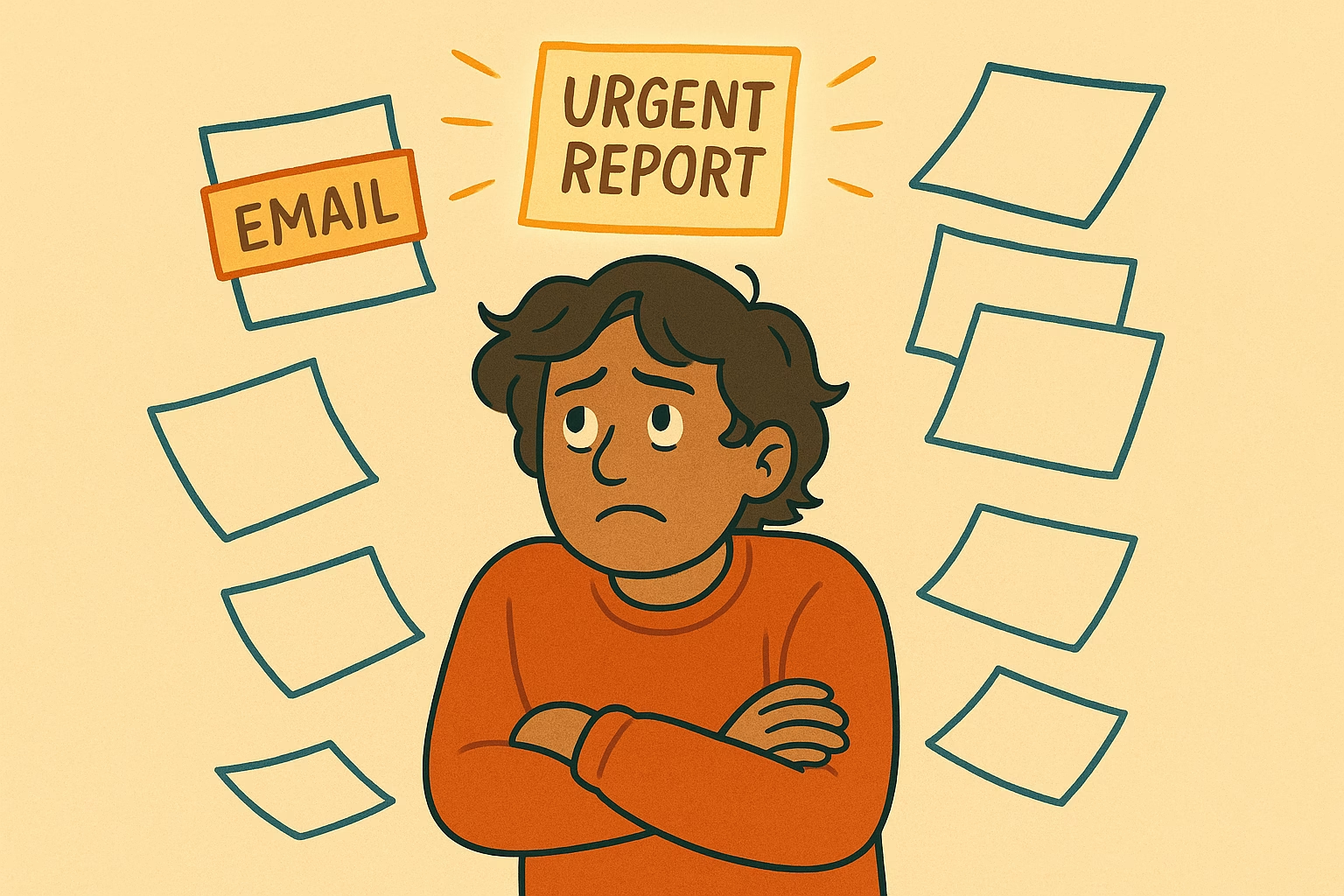
Why Prioritising Feels So Difficult
The executive function at play here is prioritisation: the ability to decide what matters most and act on it first. For ADHD brains, several factors complicate this:
- Interest-driven attention – The brain gravitates to tasks that feel stimulating rather than the ones with looming deadlines.
- Time blindness – Without a clear sense of how long something will take, urgent tasks can feel less pressing.
- Avoidance of discomfort – Tasks that feel overwhelming, boring, or unclear are quietly pushed aside.
- Perfectionism or detail focus – Spending too long polishing small tasks while ignoring bigger priorities.
Explore more about Executive Functions to see how prioritisation connects with planning, organisation, and time management.
Everyday Signs at Work
- You work through a long to-do list but avoid the most important item.
- You spend hours “perfecting” small details while deadlines slip.
- You feel guilty for being busy but not effective.
- You panic when reminders or managers highlight missed priorities.
If these patterns sound familiar, you’re not alone. They reflect how ADHD interacts with the workplace environment.
Practical Strategies and Coaching Tips
1. Use the “Big Three” Rule
Each morning, identify the three most important tasks for the day. Keep them visible on a sticky note or digital board.
2. Externalise Priorities
Don’t keep tasks in your head. Use visual planners, task apps, or micro-goals to break large priorities into smaller, trackable actions.
3. Time Anchors
Pair high-priority work with time blocks—e.g., “10:00–11:00: Draft report.” This makes it harder to drift into low-value tasks.
4. Body Doubling
Work alongside a colleague, coach, or virtual coworking group. Simply having someone else present boosts accountability.
5. Reframe Task Meaning
Instead of focusing on discomfort (“This is boring”), connect with outcomes (“This clears my evening” or “This helps my team”).
Coaching Perspective
In ADHD coaching, prioritisation challenges are reframed from “bad habits” into patterns that can be restructured. Instead of relying on willpower, we work with external supports: visible plans, accountability anchors, and reward systems.
ADHD Coaching benefits include building sustainable strategies that adapt to individual strengths rather than forcing productivity through shame or pressure.
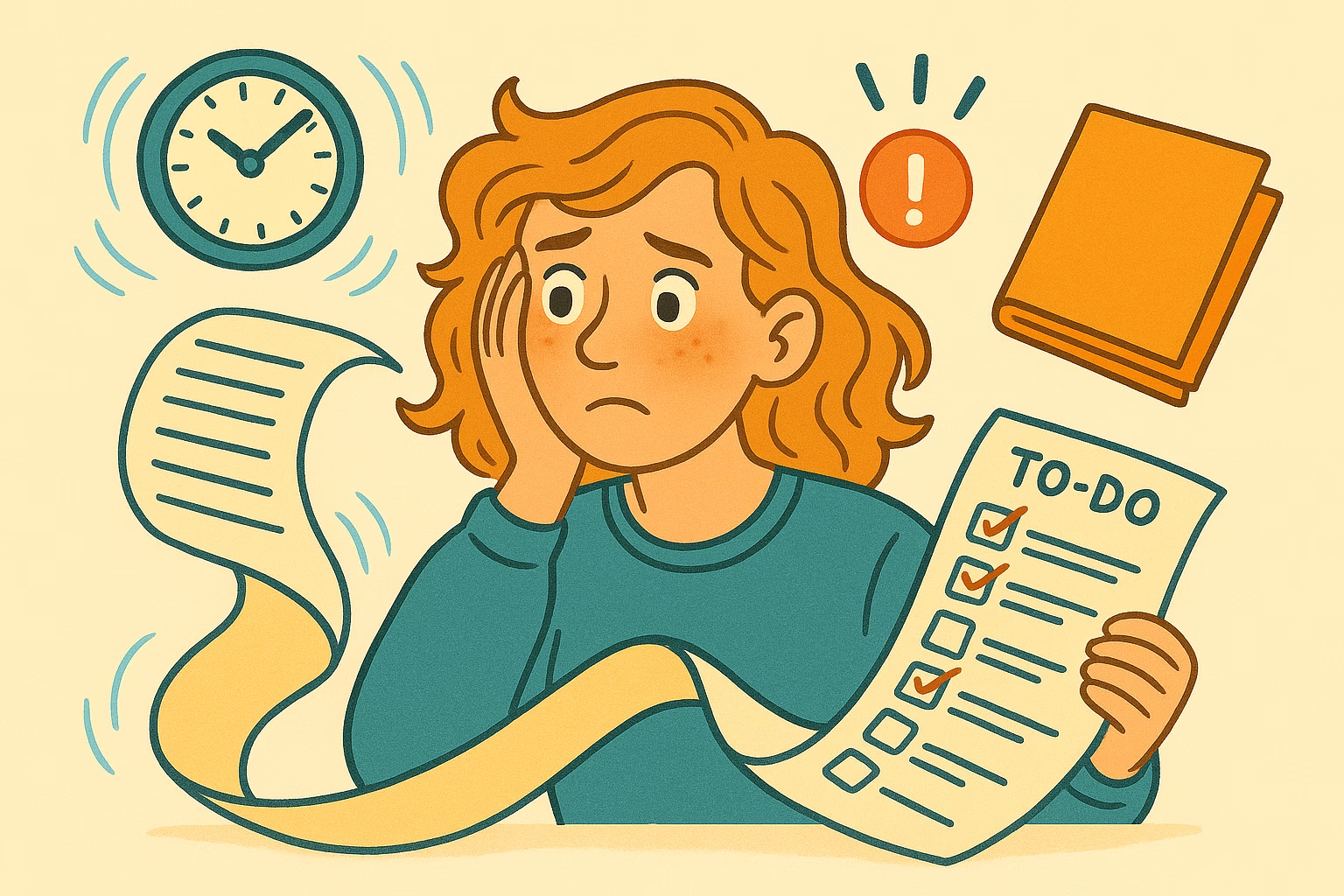
When It’s Harder Than Usual
Sometimes, difficulty prioritising tasks is compounded by burnout, anxiety, or workplace environments that demand constant switching. If strategies alone don’t shift the pattern, it may be time to seek structured support through coaching, therapy, or workplace adjustments.
The Takeaway
Prioritisation is not about being endlessly disciplined—it’s about creating structures that guide attention where it matters most. With tools like the Big Three, micro-goals, and accountability anchors, you can shift from being endlessly busy to being meaningfully effective at work.

